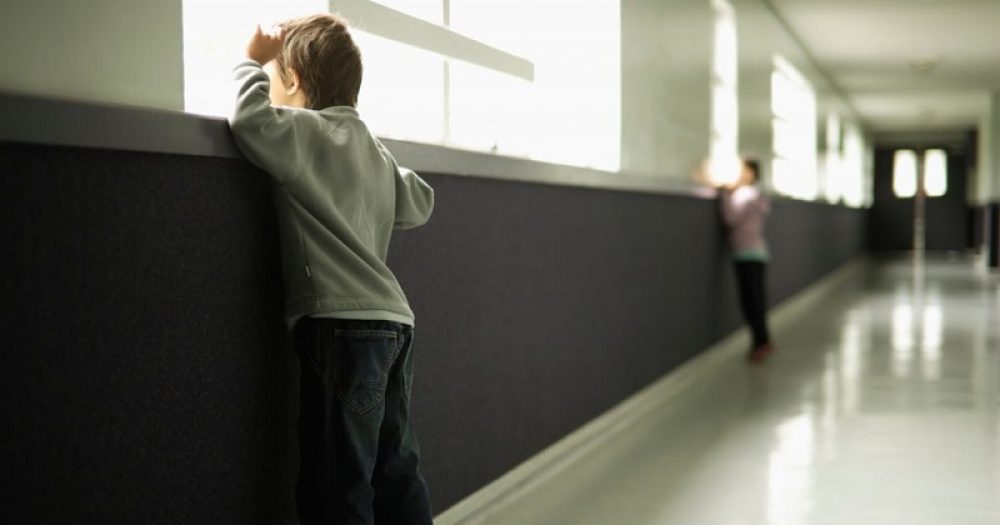Pupils need social and emotional learning more than ever – but a focus on safety and virtual learning could sideline this crucial area, writes Will Millard
Schools will fully reopen in September. The start of lockdown in March feels like an eternity ago, and pupils and teachers alike will be approaching September with feelings of ambivalence – excitement about seeing friends and colleagues, trepidation about what the next few months may hold.
For obvious reasons, the start of this coming term won’t be like others. Some pupils will be returning to school with concerns about family or friends’ health, or even grieving the loss of loved ones.
This raises important questions. What should the priorities of schools be as pupils return? What role should schools take in helping pupils understand their experiences over the last six months? How can schools help their pupils navigate future adversity?
Today The Centre for Education and Youth (CfEY) and international NGO, STiR Education have published a report exploring these and other questions. It summarises a roundtable involving participants from academia, policy-making and teaching, who discussed social and emotional learning (SEL) and its role in helping children access schooling under the ‘new normal’.
What is SEL? Our roundtable participants said you’ll tend to get as many definitions as number of people you ask.
Social and emotional learning has an important role within the wider curriculum
The Education Endowment Foundation (EEF) explains that SEL interventions “seek to improve pupils’ interaction with others and self-management of emotions, rather than focusing directly on the academic or cognitive elements of learning”. The Collaborative for Academic, Social, and Emotional Learning (CASEL) defines SEL in terms of self-awareness, self-management, social awareness, relationship skills and responsible decision-making.
SEL has an important role within the wider curriculum. SEL interventions include universal programmes for all pupils within the classroom which seek to improve their engagement; specialised programmes targeted at pupils with specific emotional or social needs; and school-wide strategies for developing engagement, behaviour or ethos.
Evidence indicates that SEL interventions not only impact upon pupils’ emotional wellbeing and social relationships, but on their attitudes to learning and academic attainment.
However, while our roundtable participants spoke of teachers’ intuitive understanding of the importance of SEL – now more than ever – schools face barriers to embedding it. With school leaders focused on the logistics of keeping staff and pupils safe, and maintaining some semblance of social distancing while embarking on the long road to recouping lost learning time, SEL won’t necessarily be top of people’s to-do lists.
While children and young people have shown remarkable resilience during the pandemic, there will be many returning to school who have experienced considerable distress during lockdown making their emotional needs more acute, and sometimes harder for teachers to address. As CfEY’s COVID roundable in March highlighted, schools are supporting not just their pupils, but their wider communities. Many schools have shouldered responsibility for families’ wellbeing.
Technology complicates the picture further. Even with those pupils who can readily access the internet, sustaining relationships is challenging for teachers. The subtleties of humour, body language, non-verbal cues and facial expressions are far harder to achieve when teaching remotely.
Amid these numerous challenges, how can schools foster pupils’ SEL? There are all sorts of resources available that teachers can use to support SEL, in individual classrooms and across whole schools. Consequently, improving SEL needn’t involve colossal investments of time. If anything, SEL can often slot into existing teaching activities.
The EEF’s guidance report on SEL for primary schools contains examples of discussion and reflective activities teachers can use either as standalones or as part of subject teaching. CASEL has similar information for secondaries.
Meanwhile, our report references programmes underway in schools in England and further afield, such as the University of Cambridge’s Learning Passport, and Economist Foundation’s Burnet News Club.
Social and emotional learning has a uniquely important role to play as schools reopen. It will help pupils re-engage with subject learning, and also provide a space for pupils, teachers and even wider communities make sense of what they’ve been through and navigate the future – whatever it holds.








Your thoughts